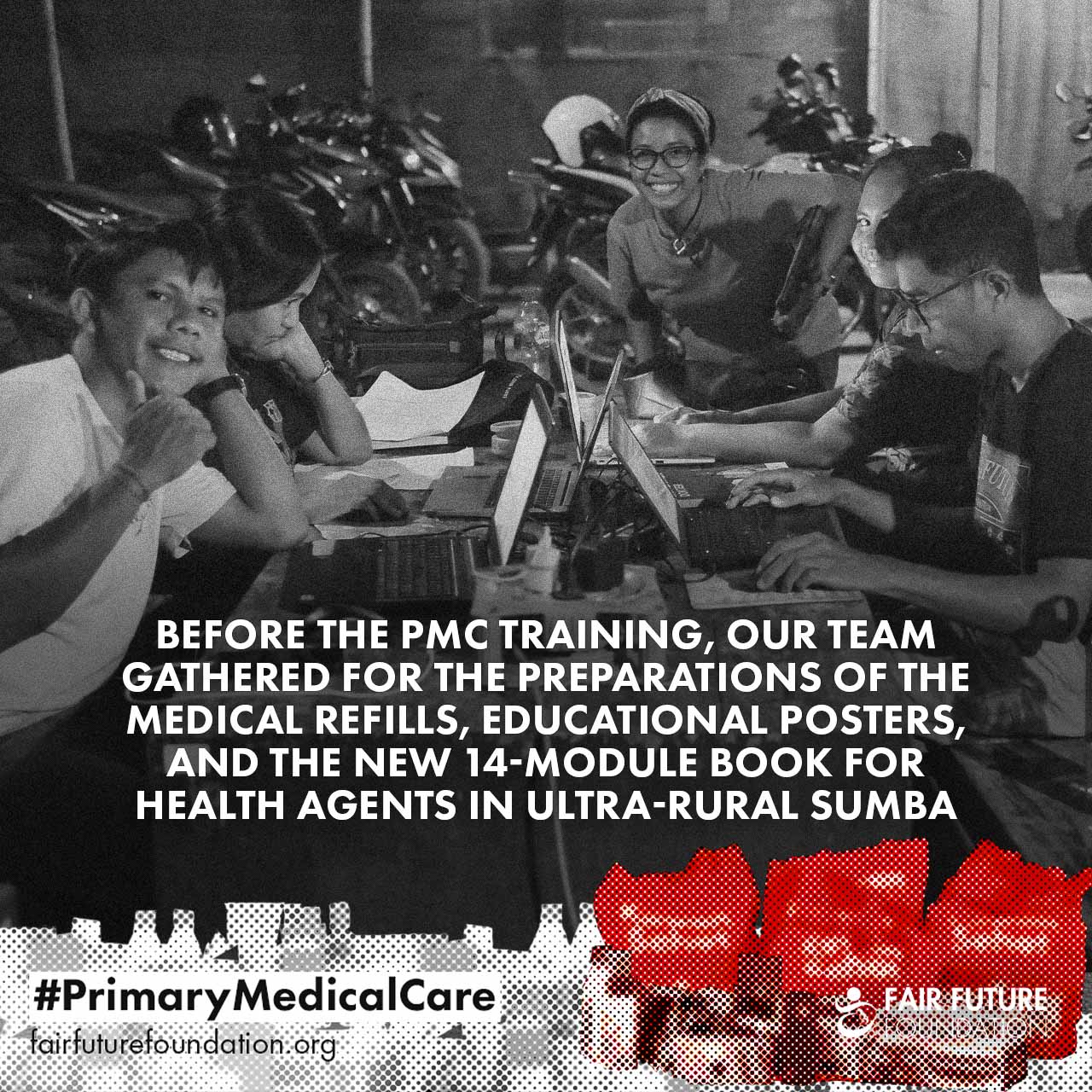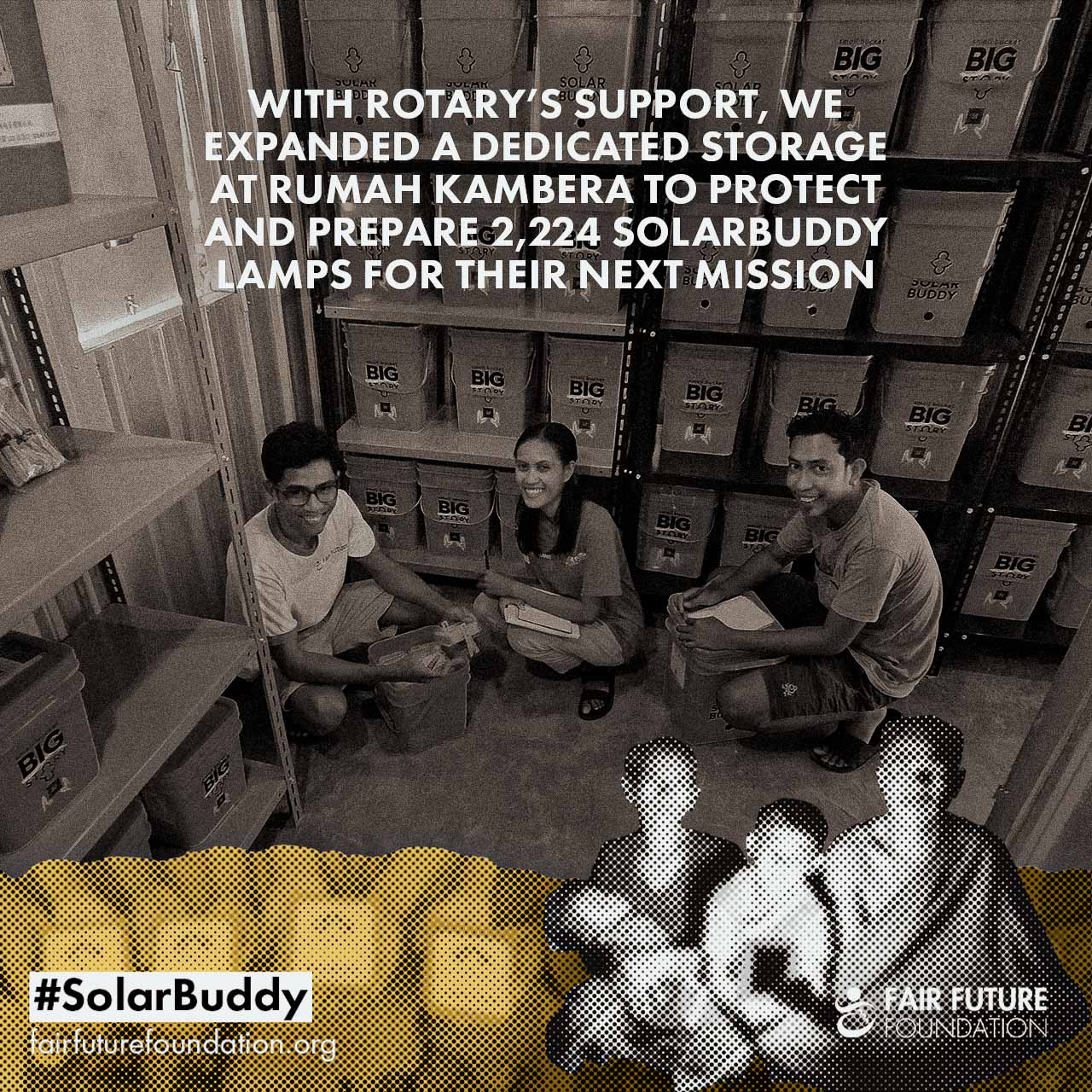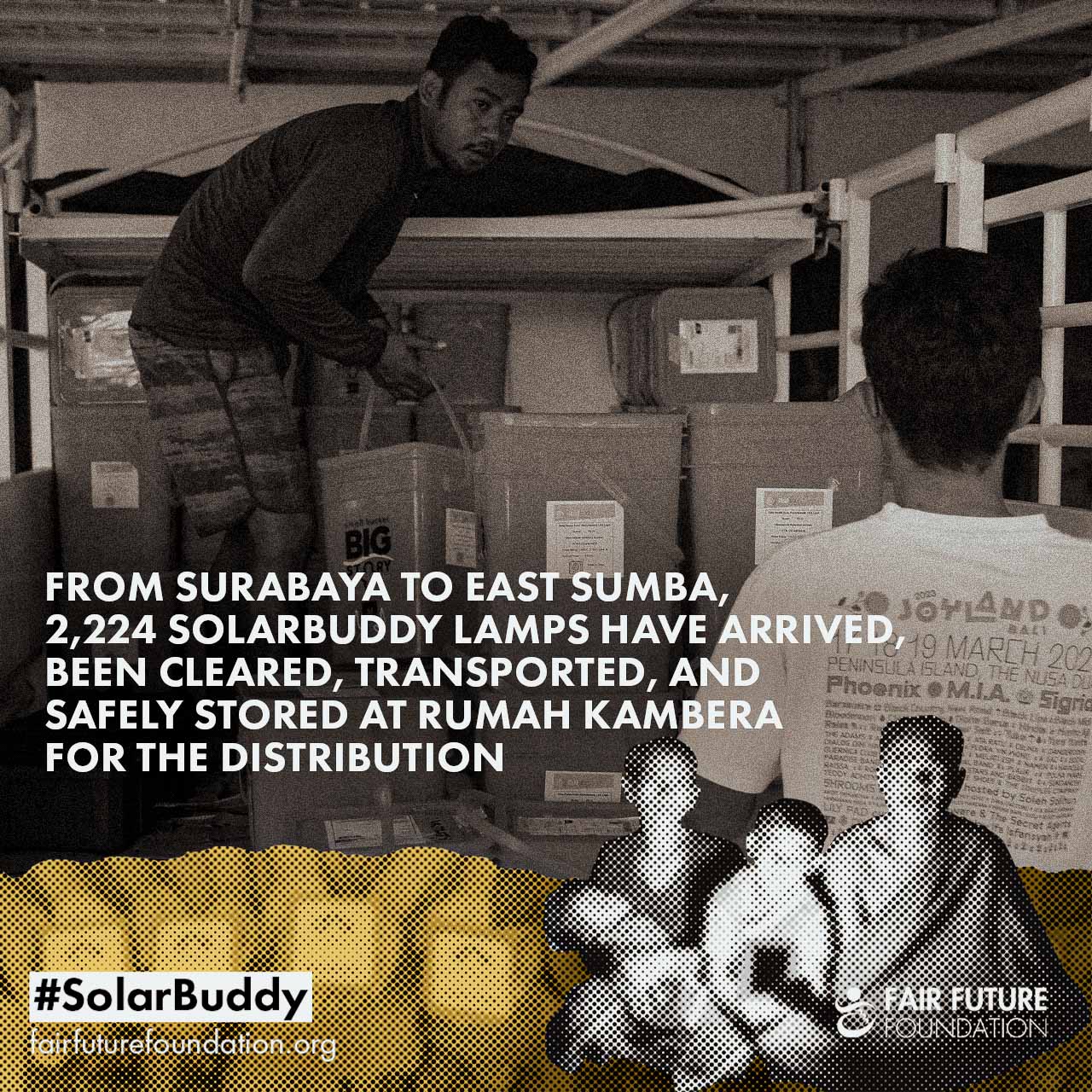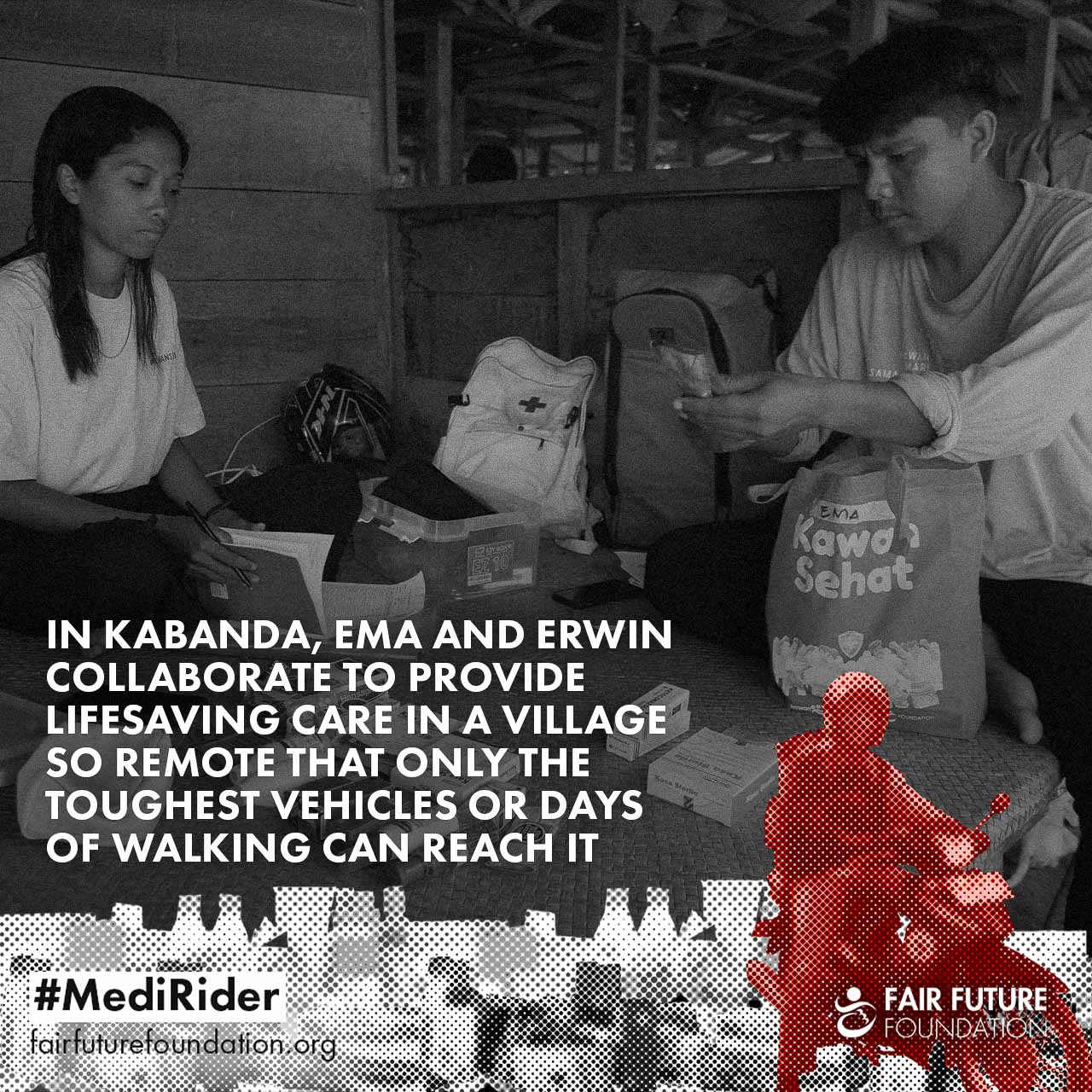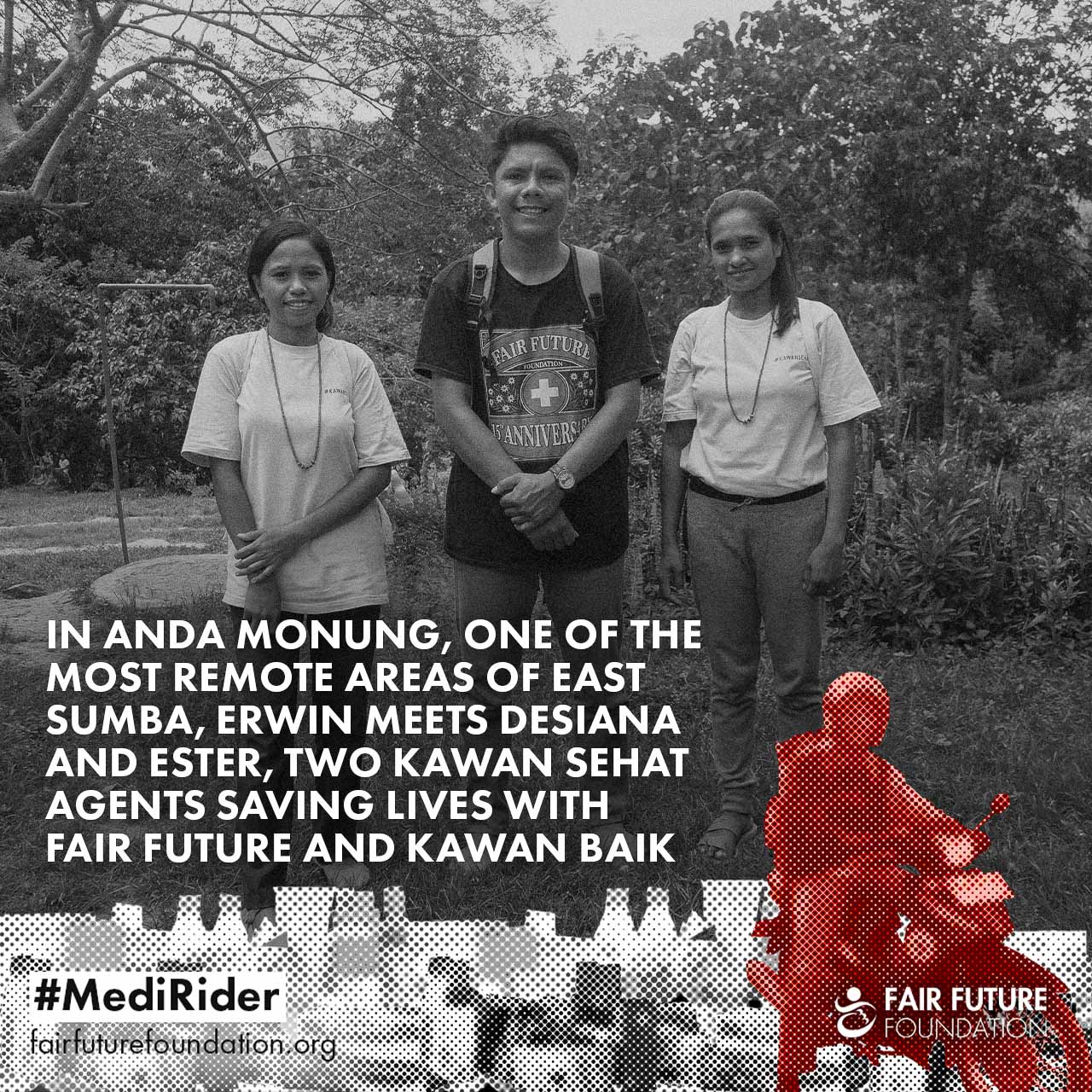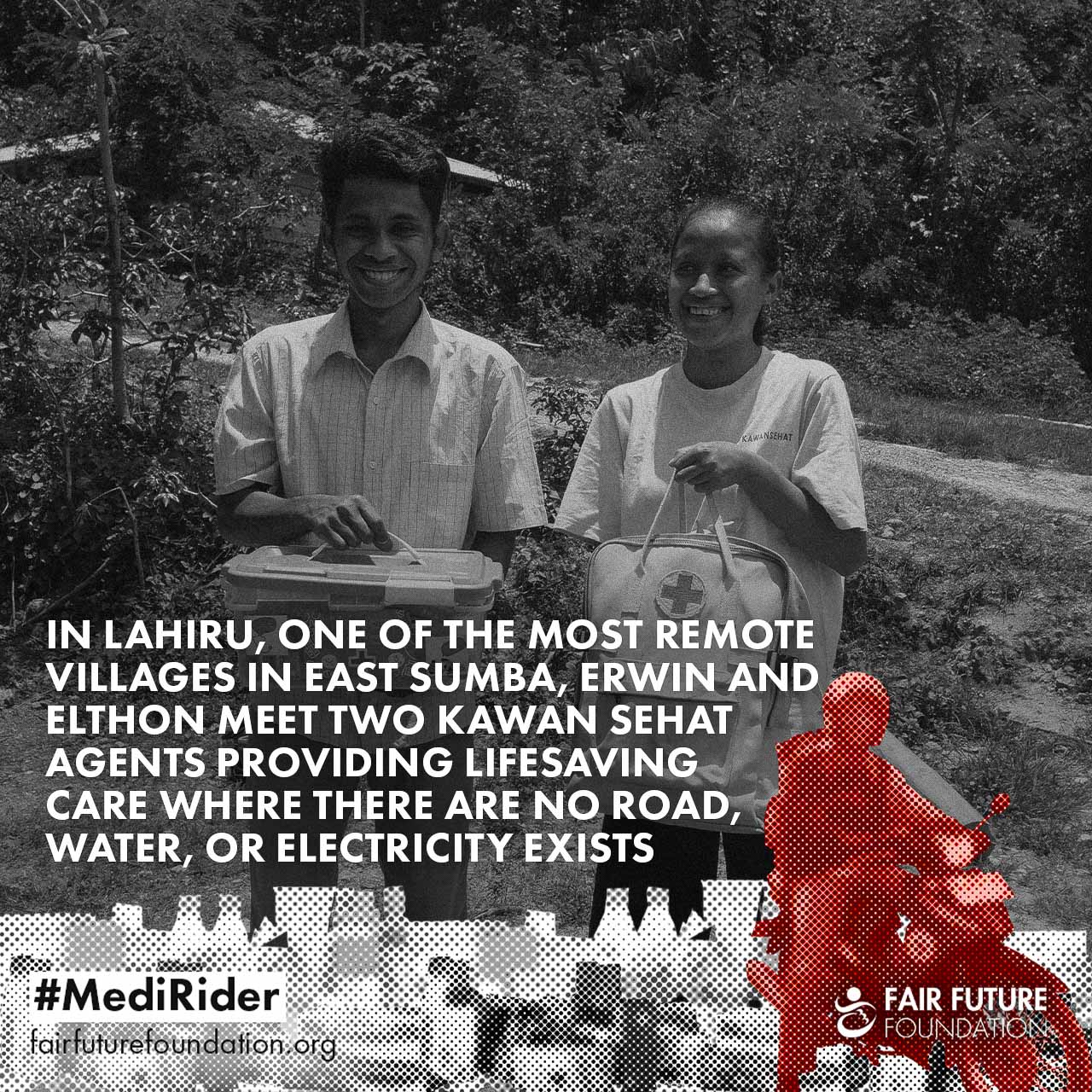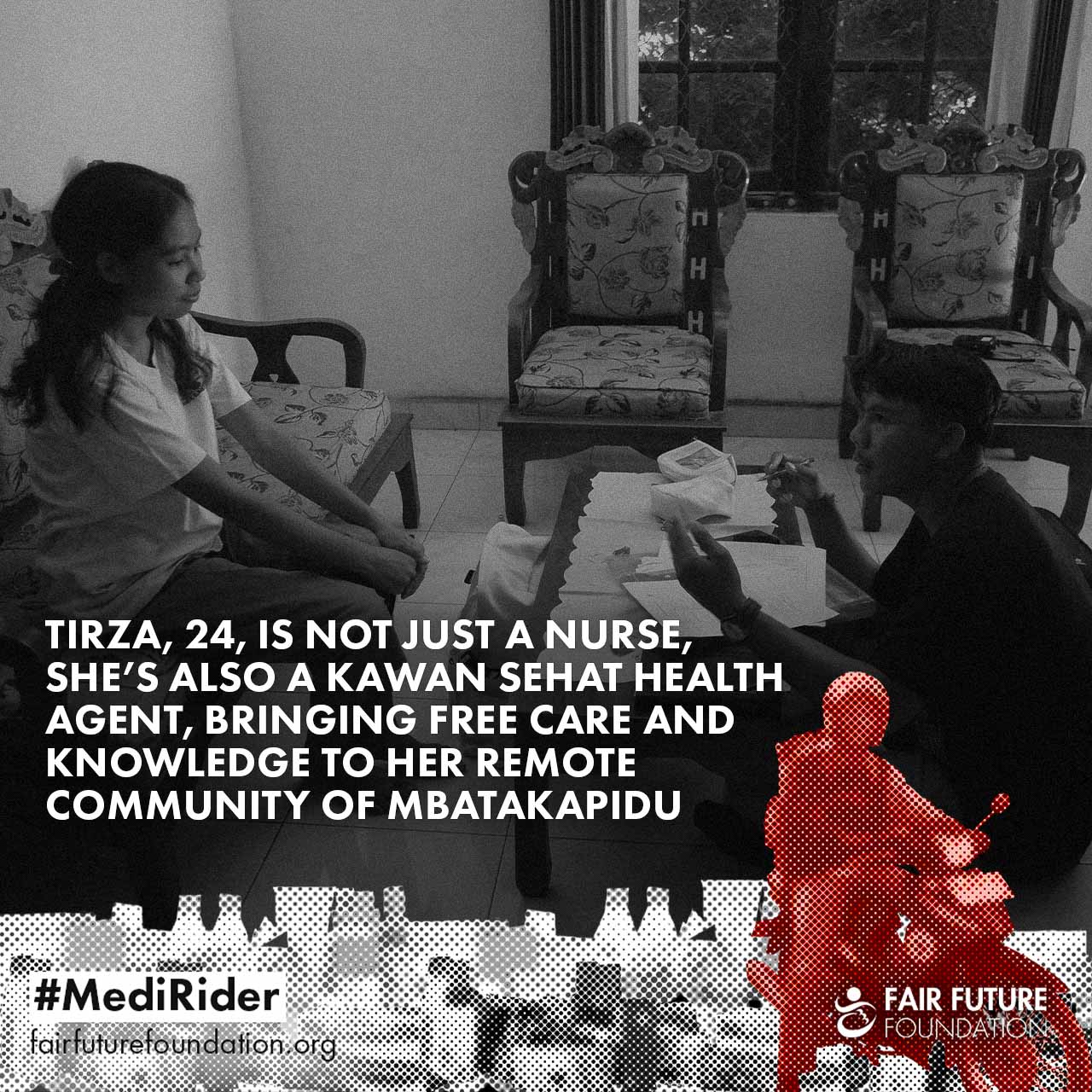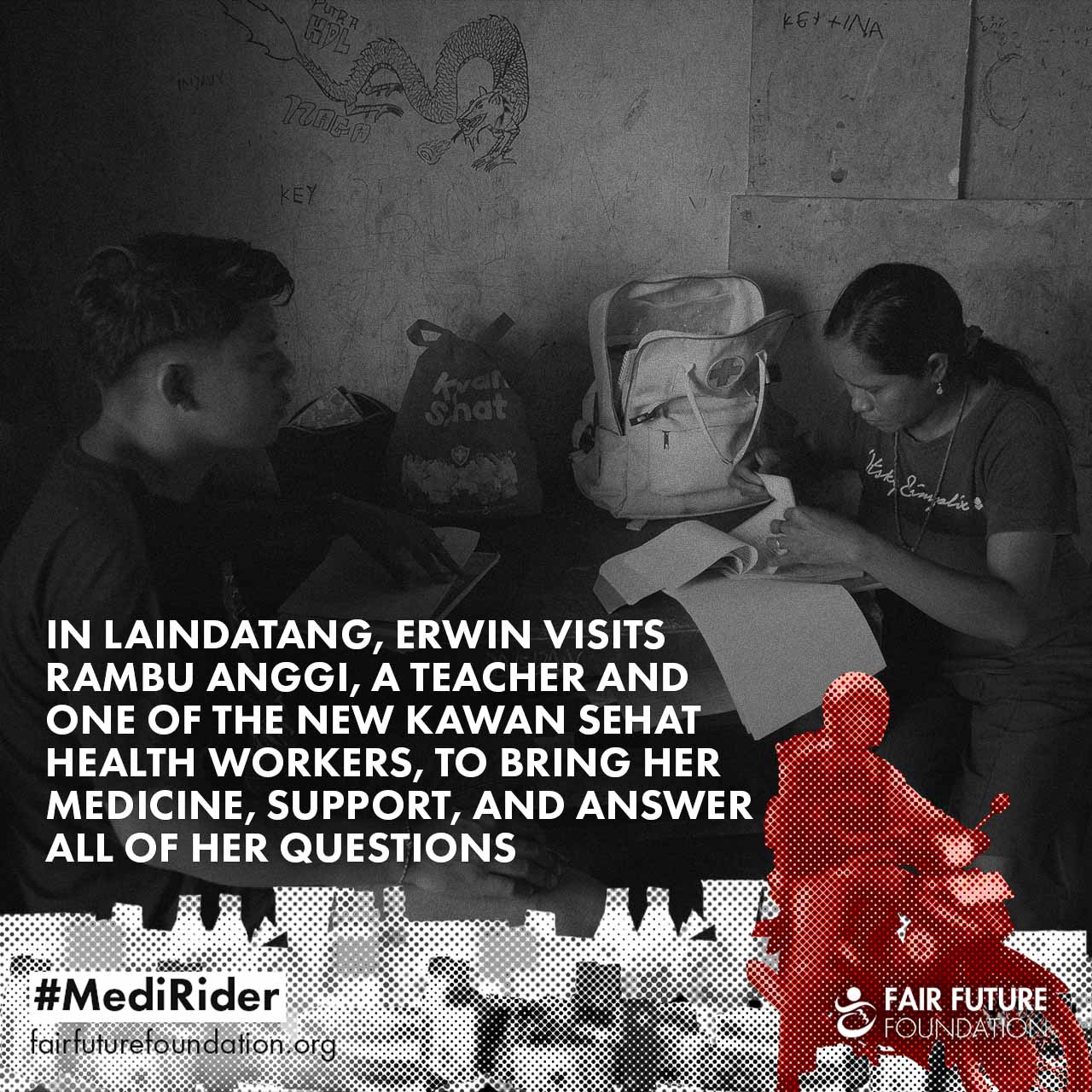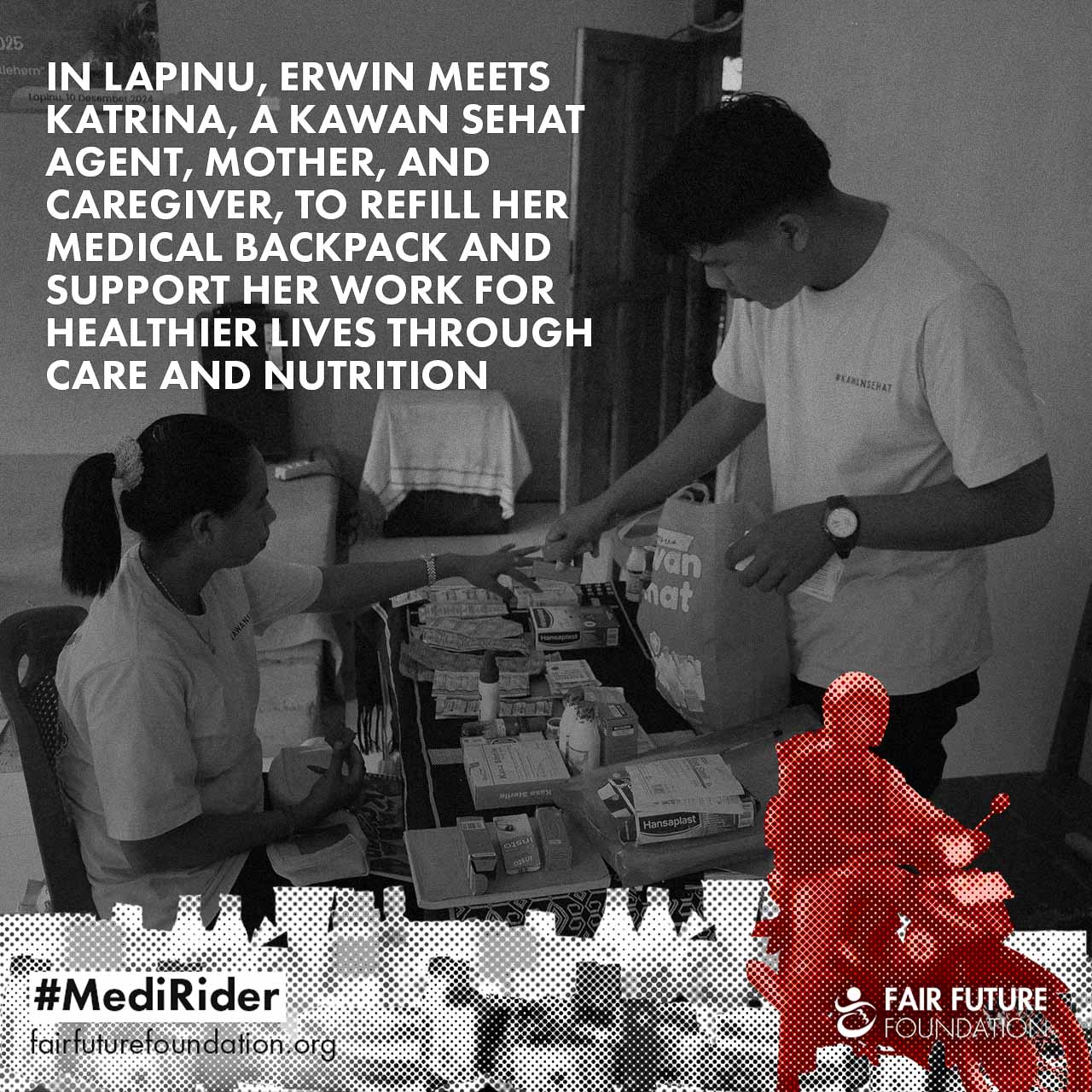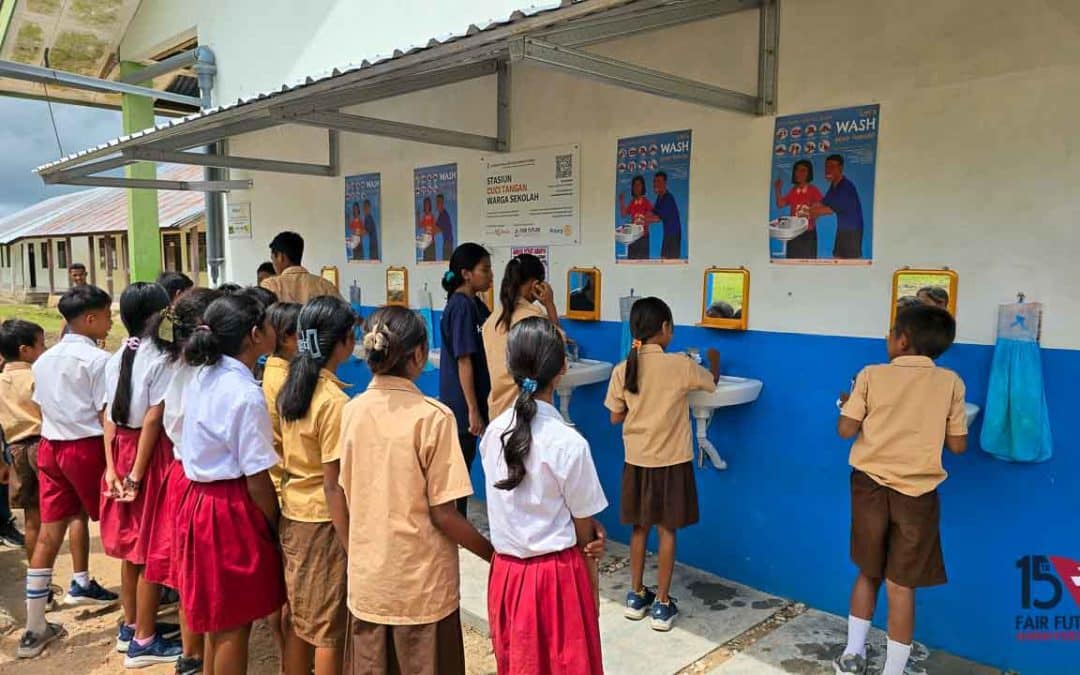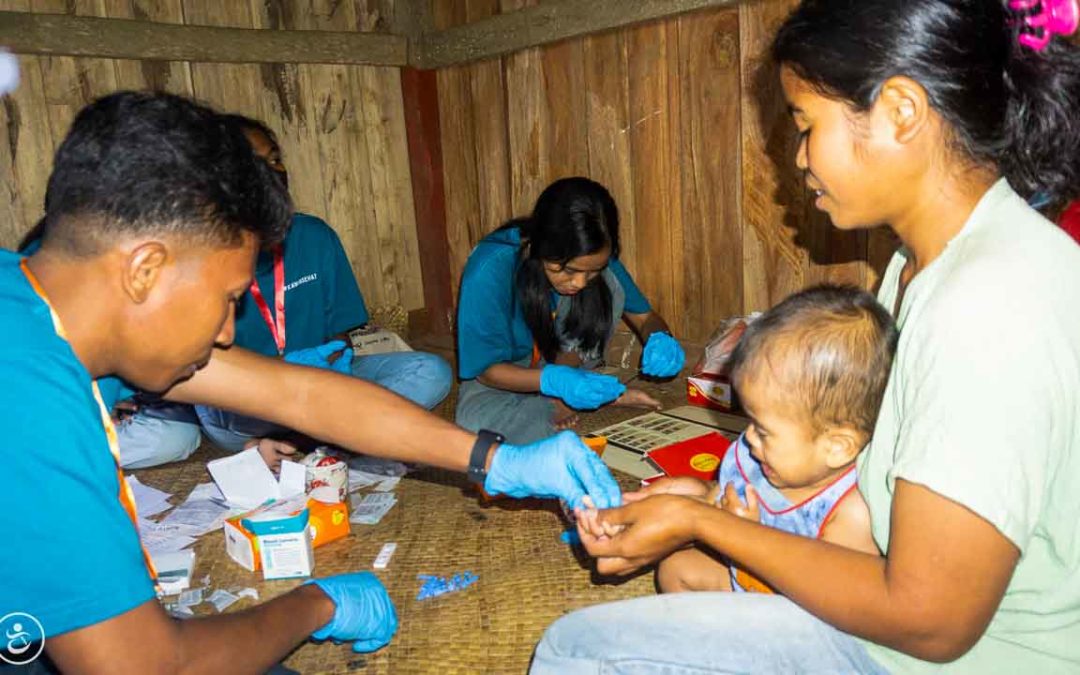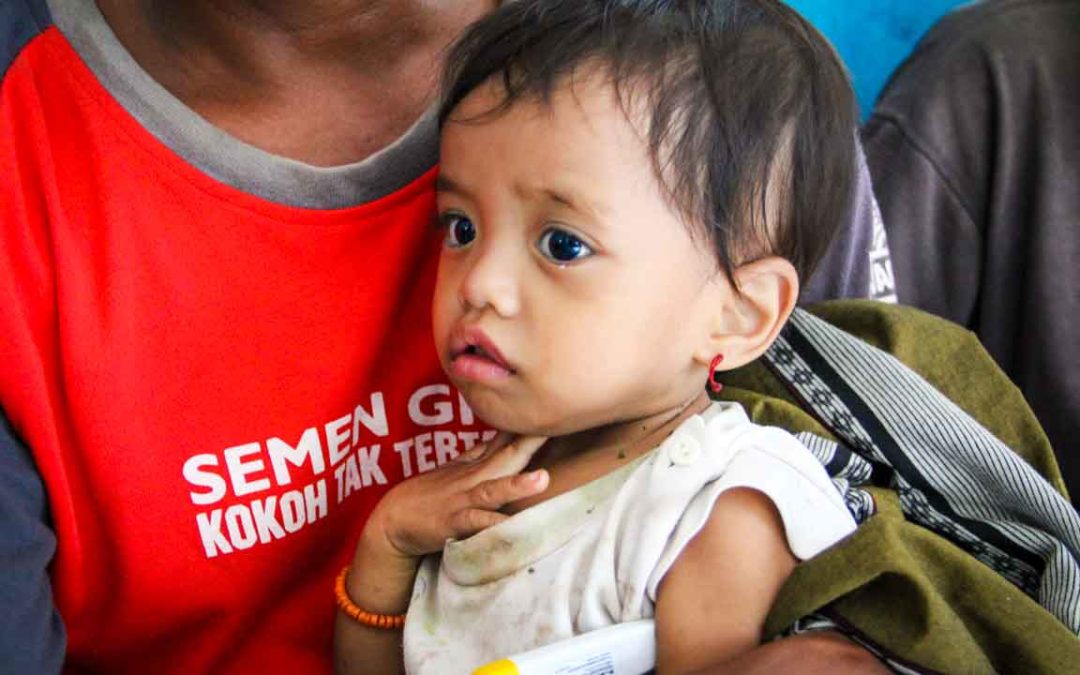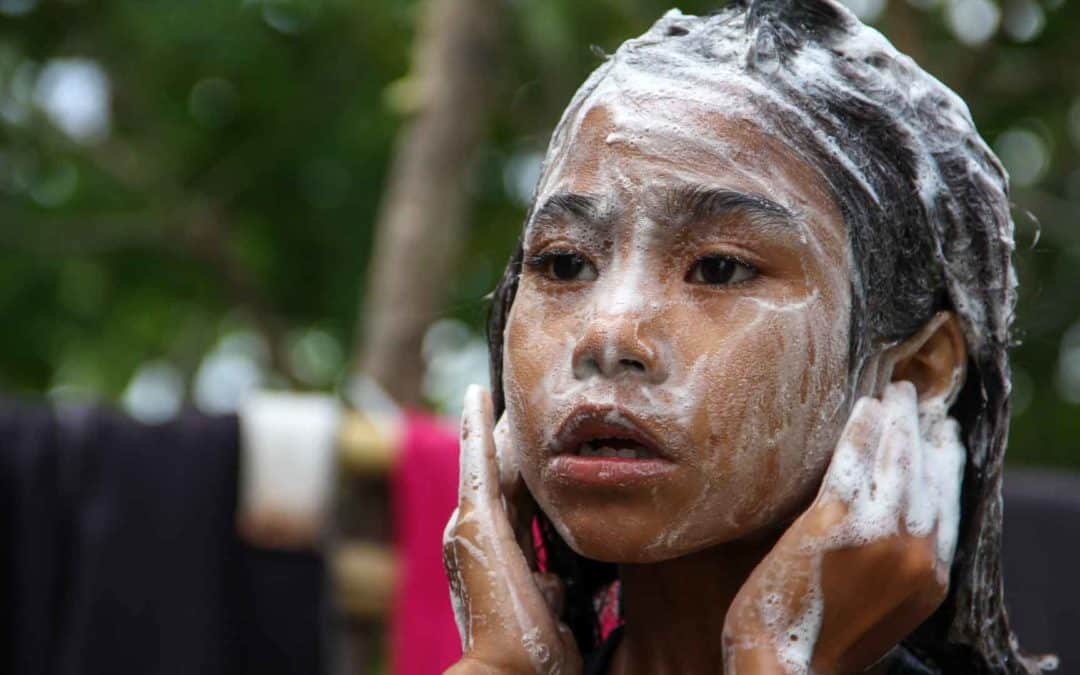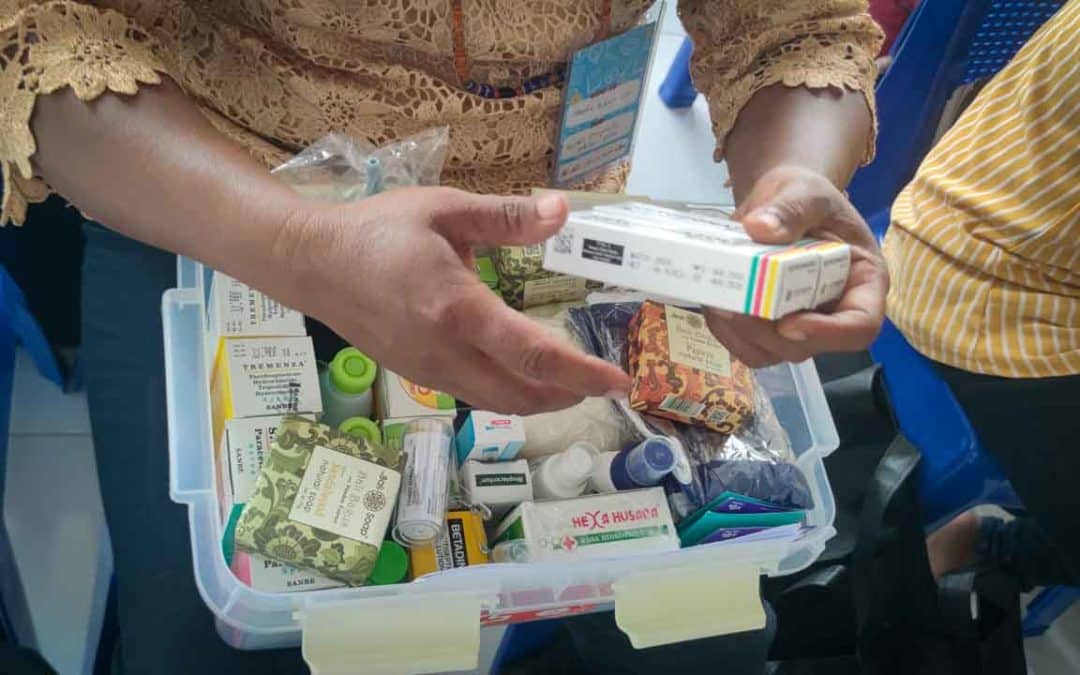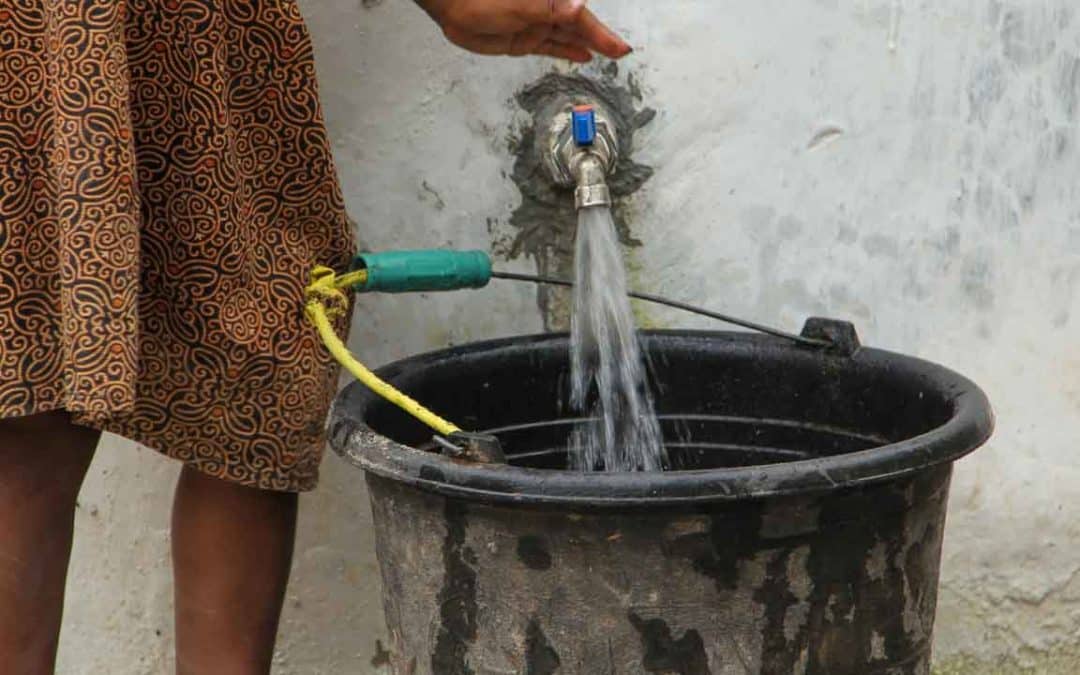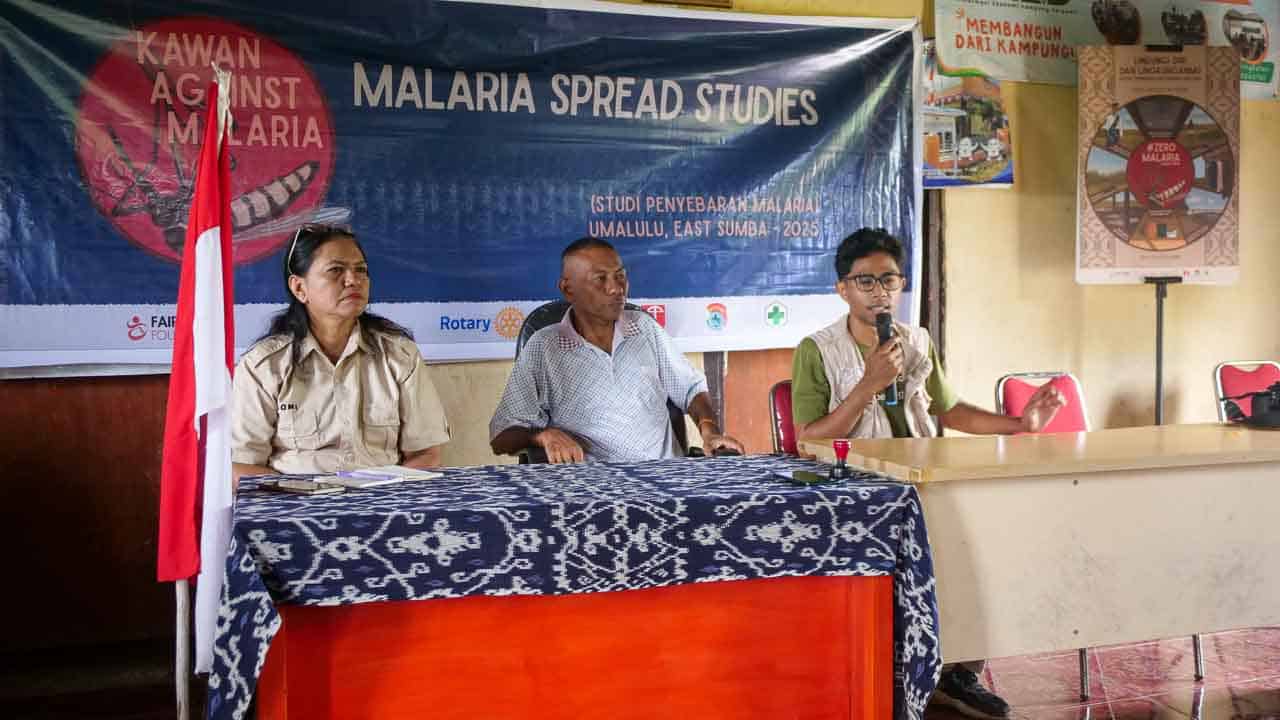The Power of Visual Storytelling in Unveiling the Hidden Struggles and Triumphs in Eastern Indonesia’s Ultra-Rural Communities
An Invitation to Reflect, Act, and Transform: Fair Future Foundation’s Pioneering Approach to Addressing Systemic Issues Through Compelling Narratives
The photo albums and thematic posts on Instagram showcase the reality of ultra-rural communities in Eastern Indonesia. These carefully selected images tell the stories behind each initiative and action undertaken by the Fair Future Foundation on the ground.
For example, a picture of a smiling child may seem simple at first, but the accompanying text often reveals a battle against malaria, Polio, Dengue prevalent in these remote regions. These illnesses, considered eradicated in developed regions, continue threatening lives in these communities. The lack of clean water and adequate sanitation systems can exacerbate these conditions, leading to a vicious cycle of poverty and disease.
Another snapshot might show villagers gathered around a new source of clean water. This is not just a victory for the community but also the result of close collaborations with local authorities and the residents themselves. The challenge is to ensure that these installations are sustainable and beneficial in the long term without compromising the region’s environmental resources.
Additionally, photos depicting medical activities in action show that the teams from Fair Future Foundation are integrated into the very fabric of these communities. They face considerable logistical challenges in bringing medical supplies to remote areas, all while training the locals in first aid and other essential skills. This work is necessary but not for the faint of heart.
The impact of these diseases and shortages on ultra-rural populations is a daily, complex challenge rooted in socio-economic structures that demand more than just stopgap solutions. The photos and the stories they tell are intended to prompt action and reflection on systemic issues many choose to ignore.
Each photo, text, and choice made by collaborators and made possible by Wahyu’s work is important. They blend testimonials, advocacy, and evidence of the crucial work done on the ground. They are invitations to ask the right questions and, we hope, to contribute to the financing of essential socio-medical programs in dire need of support.
We cordially invite all captivated by this story to explore our photo gallery, witness this extraordinary effort, and further engage with our mission through our Instagram account.
Alex Wettstein – Fair Future Foundation medico-social camp in East Sumba – Rumah Kambera, Lambanapu – the 12th of September 2024


